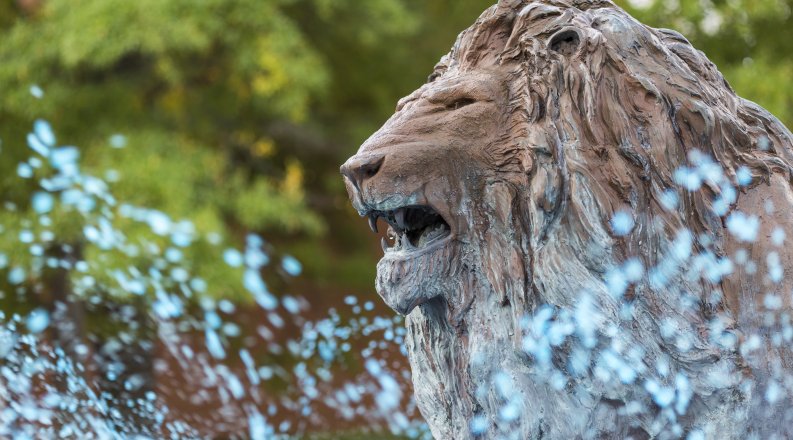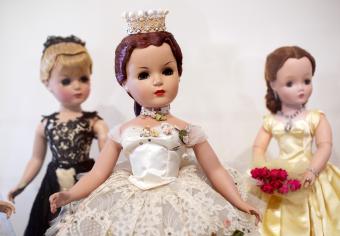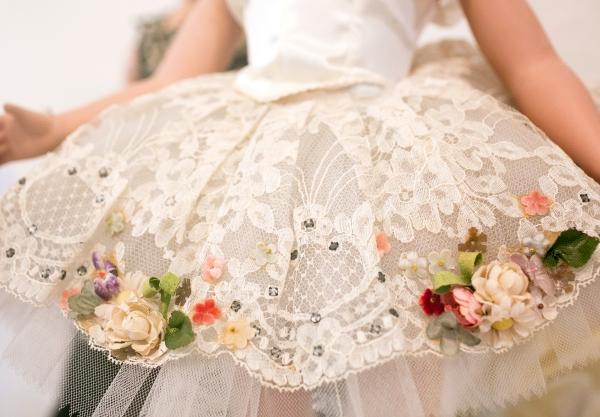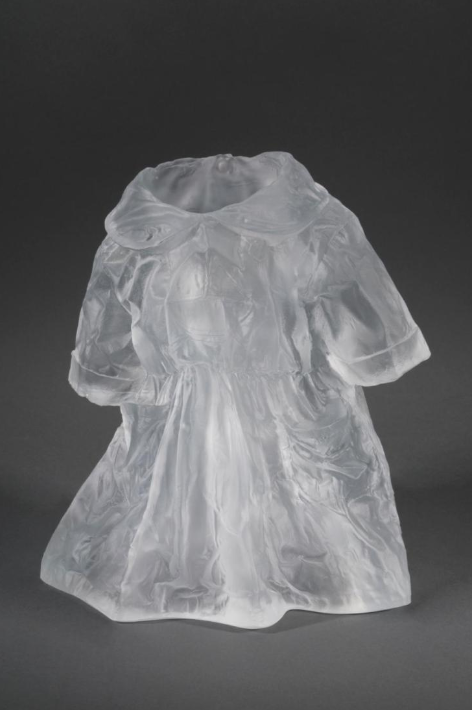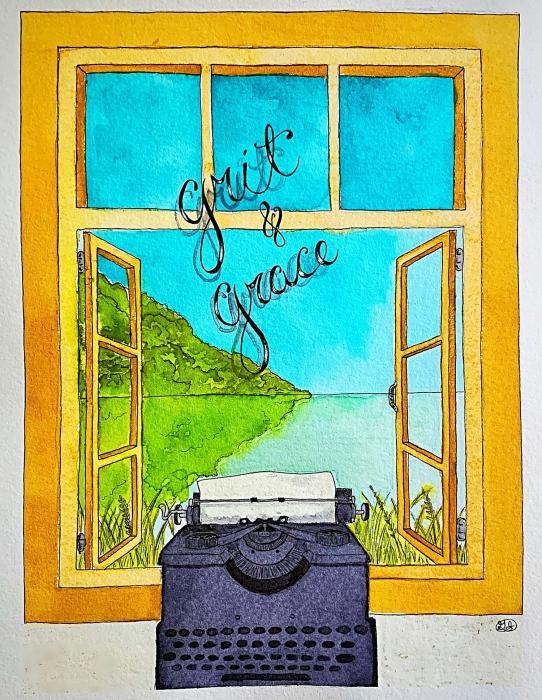By Sherry DiBari
The Barry Art Museum's "A Passion for the Doll as Art" gallery has a new display case dedicated to 1950s Madame Alexander dolls.
The American-made dolls are known for their craftsmanship and reflection on contemporary culture and fashion.
"The dolls really expressed the society in which they were made," said Carolyn Barry, who along with her husband, Richard, are the museum's benefactors.
The Barry Art Museum is the only museum in the country with a permanent gallery dedicated to the art of dolls.
"That was my idea, really, just to show that these dolls are art," Barry said. "They represent a period of history that is important."
The dolls in the display were manufactured during post-war America, a time of economic prosperity and renewed interest in fashion, culture and toys.
In 1955, Alexander introduced "Cissy," the first American fashion doll.
"Cissy," the first doll to be modeled after an adult figure, was also the first to wear high-heeled shoes. The doll preceded Barbie by four years.
The company sold hundreds of fashionable outfits for "Cissy" over her seven-year lifetime. Today, Cissy dolls and attire are coveted by collectors.
Alexander's doll clothing, influenced by designers like Christian Dior and Coco Chanel, earned her a gold medal award from the Fashion Academy.
She was also an innovative entrepreneur and philanthropist, a rarity for a woman during that time period.
"It is a fascinating American story because she literally was born into dolls," said Bruce A. DeArmond, a well-known Portsmouth-based doll collector and researcher. "Her father owned a doll hospital in New York."
In 1923, Madame Bertha "Beatrice" Alexander, then 28, founded the Alexander Doll Company. The dolls were originally made of cloth, then a composite material. After WWII, hard plastic revolutionized doll making.
Alexander was also interested in the role toys could play in childhood development. "Dolls should contribute to a child's understanding of people, other times and other places," she said in a 1978 interview.
The gallery's display case includes a "Cissy" doll and several Madame Alexander dolls from the rare "Mystery Collection."
"The gallery is a wonderful way to see how this amazing journey is going to continue. It is a story that has never really stopped," deArmond said. "You can go to any country, any nationality and any language and can talk about dolls and toys at some level. It is something that is totally universal."
Admission to the Barry Art Museum is free. It's open to the public from 11 a.m. to 5 p.m. Tuesday through Friday and noon to 5 p.m. Sunday. More info about the Museum is available at this link.
Related News Stories
Barry Art Museum Offers Virtual Fall Lecture Series and Events
Karen LaMonte, who is known for creating life-sized glass dresses, will discuss her work on Oct. 1. (More)
ODU Alumna’s Artwork Featured at College of Charleston Exhibition
Tanja Softić is one of 10 artists whose work examines issues of displacement from ancestral homes. (More)
Old Dominion University Hosts 43rd Annual Literary Festival, “Grit and Grace”
The virtual event, which is free and open to the public, is scheduled for Oct. 4-8. (More)



